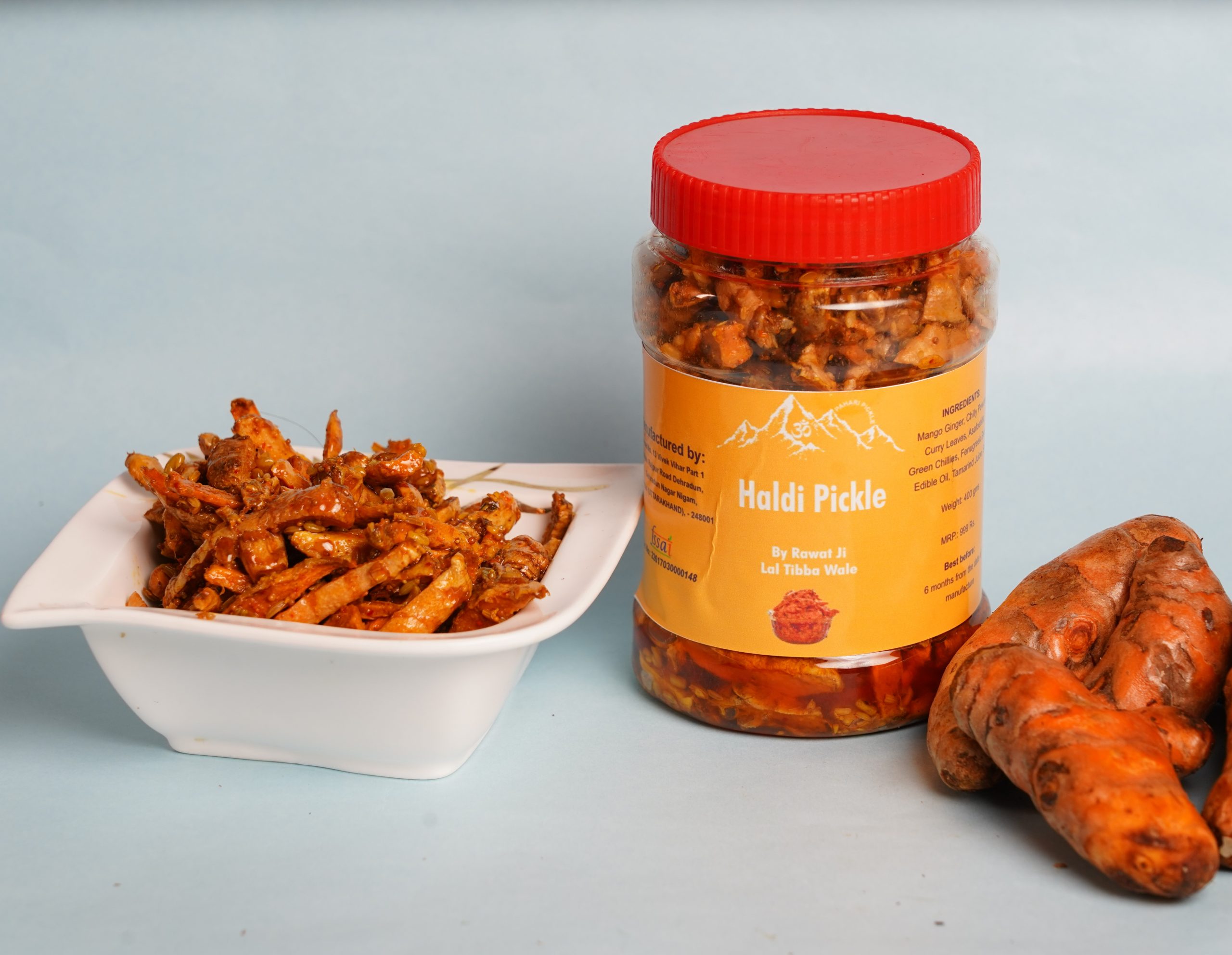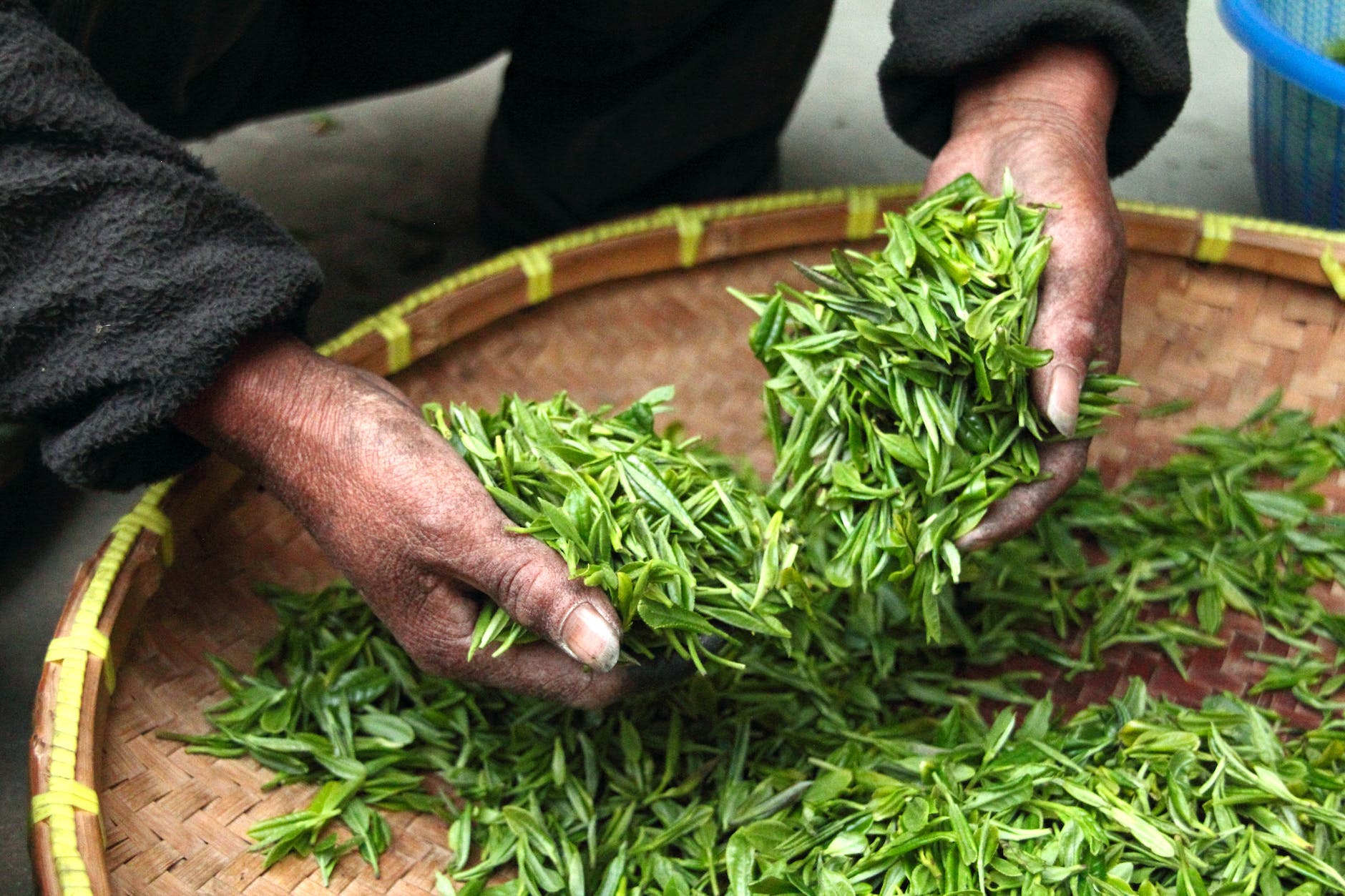
Hello, food lovers! 🙋♀️ Today, we’re going to dive into another fantastic video from Clean & Delicious, a YouTube channel dedicated to sharing simple, nutritious, and tasty recipes. This time, we’re exploring a full 5-day work week meal prep that’s packed with protein and flavor. 🥘🥦🍗🥚
🥣 Breakfast: Protein-Packed Mason Jar Cobb Salads 🥗
Start your day with a bang with these protein-packed mason jar Cobb salads. They’re easy to prepare, delicious, and will keep you energized all morning long. The salads include a variety of ingredients, such as boiled eggs, chicken breast, turkey bacon, diced cucumber, cherry tomatoes, and red onion. The dressing is a homemade Greek yogurt ranch dressing, adding extra protein and cutting the calories. Each salad contains a whopping 40 grams of protein! 🥚🍗🥓🥒🍅
🍽️ Lunch: Grain-Free Korean Beef Bowls 🍲
For lunch, we have grain-free Korean beef bowls. This recipe is a new favorite, combining ground beef and ground turkey for a high-protein meal. The sauce is a blend of coconut aminos, toasted sesame oil, raw honey, and red pepper flakes, giving the dish a savory and slightly sweet flavor. Served over cauliflower rice, this meal is not only grain-free but also low in calories, making it weight-loss friendly. 🥩🦃🥥🍯🌶️
🍛 Dinner: Blueberry Flax Protein Shakes 🥤
For a quick and easy snack or light dinner, try these blueberry flax protein shakes. They’re packed with frozen blueberries, plain unsweetened Greek yogurt, ground flax seeds, protein powder, and a dash of cinnamon. Each shake contains 31 grams of protein, providing a great way to get extra protein and nutrients throughout the day. 🫐🥛🌾💪🍌
📝 Meal Prep Tips 📖
Meal prepping can be a game-changer for maintaining a healthy diet during a busy work week. Here are some tips from the video:
- Layer your mason jar salads with the high water content foods at the bottom to prevent other ingredients from getting soggy.
- Cook your ground beef and turkey together to save time and add more flavor to your meals.
- Use pre-riced cauliflower for a quick and easy grain-free alternative to rice.
- Prepare your protein shakes in advance and store them in freezer-friendly bottles for a quick grab-and-go snack.
🎥 Video and Channel Credits 📺
All these amazing recipes and tips are from the YouTube channel Clean & Delicious. The creator, Dani Spies, is a Health, Wellness, and Weight Loss Coach and a mother of two. She shares her passion for food and wellness through her easy-to-follow recipes and meal prep videos. Check out the original video for a step-by-step guide on how to prepare these meals. Also, don’t forget to visit and subscribe to the Clean & Delicious channel for more healthy and delicious recipes.











